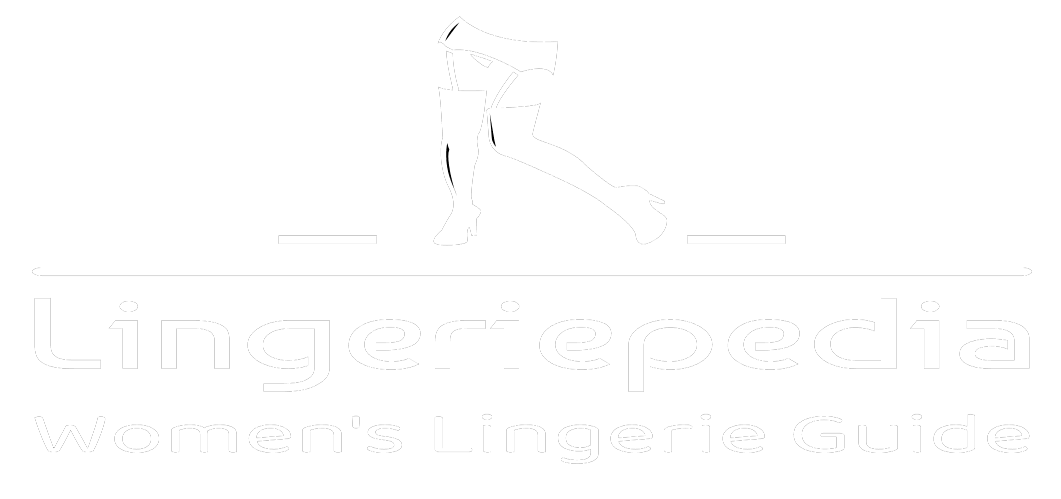According to the FDA, between 5 and 10 million women worldwide have breast implants. Fueled by constant innovation, breast augmentation has become to most commonly performed cosmetic procedure. Today women have more options than ever before including type of implant, implant positioning, and even incision location.
When considering a breast augmentation one of the biggest choices a woman will make is the type of breast implant. Since 2006, when the FDA re-approved silicone implants, deeming them safe and not linked to causing cancer, there has been an increase in the number of women choosing silicone over saline. According the American Society of Aesthetic Plastic Surgery, 81 percent of the women who received breast augmentations in 2006 chose saline over silicone. Last year however, 72 percent of women chose silicone.
Today the majority of doctors will offer women the standard silicone and saline breast implants.
Saline implants are filled with sterile salt water and come pre-filled or may be filled at the time of surgery to allow for minor modifications. Silicone implants, on the other hand, only come pre-filled and made up with a soft elastic gel. Since they are pre-filled, silicone implants may require a longer incision.
Similar to silicone implant, “Gummy bear” implants are the newest in breast implant technology. These implants are made with a highly cohesive gel that delivers a natural feel that closely resembles breast tissue. Gummy bear’s offer women with a more natural looking and feeling breast implant in comparison to saline and more traditional silicone implants. Discuss your implant options with the cosmetic or plastic surgeon doing the breast augmentation surgery.
In addition to choosing the type of implant, women are also faced with the option of incision placement. Many women are apprehensive about the possibility of scaring.
There are three traditional incision types. An inframammary incision is made between the fold of the breast. For the most part breast tissue is minimally disturbed and the scar is hidden in the breast fold. A periareolar incision is done along the edge of the colored area of the nipple which allows the scar to be concealed. Conversely, a transauxillary incision is not made on the breast at all, and instead is made under the armpit, leaving virtually no scars on the breast.
Lastly, women have a choice of placement, whether that behind or in front of the chest muscle. Subgladular, or in front of the muscle, is great for women who want larger implants to be placed. This type of placement also typically yields a shorter recovery time, however, ripples are sometimes more easily seen or felt, especially with women with little breast tissue. Furthermore, with this type of placement there is a higher likelihood of capsular contracture, which can ultimately lead to deformities and asymmetry.
Submuscular placement, on the other hand, is when the implant is placed behind the chest muscle. Although women usually see a longer recovery time and the inability to put very large implants in, with this placement there is a lower risk of capsular contracture, better mammogram readings, and is more camouflaged, preventing the appearance of ripples.

